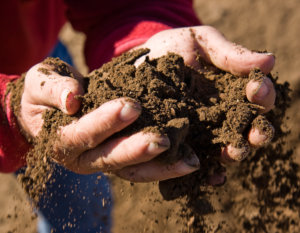Pruning Fruit Trees in Winter
|
Winter in Washington State is a cold and snowy one! It’s rare that we have constant snow on the ground in our little town, but that has been the case over the past years in Wenatchee. Snow is actually a welcoming site to fruit farmers. Snow acts like an insulator for our dormant trees, keeping them and the soils slightly warmer than the harsh outside temperatures as they spend the season resting.

Why Prune in the Winter?
Winter is a quiet time in the orchards, as most of the work with trees happens during the spring, summer, and fall. However, there is one key winter activity that does a great deal to assist Mother Nature in providing us with a balanced crop come harvest time: Pruning!
During the winter (and when temperatures aren’t too cold), growers and their crew use a tool called loppers to prune every tree in the orchard. It’s a tedious but necessary step in ensuring a great crop come summer (for cherries and stone fruits) or fall (for apples and pears). We prune for several reasons, but primarily in the winter because the trees are in a resting state and leaves are off the tree. The lack of foliage makes the cuts that need to be made on each tree more obvious.
Why do we Prune?
Pruning is done to maintain the health of the tree and to ensure that sunlight will be distributed evenly throughout the tree, and the many fruits growing on it. When trees are young, pruning helps us structure the tree in a way that ensures it will produce high-quality fruit. We prune to develop the structure of the limbs for strength because it is vital the tree holds heavy fruits like apples and pears. We also prune to regulate, renew, and remove fruitwood. If there is too much fruitwood, pruning it off ensures that less fruit will grow on the tree. If we left it alone, the tree would produce too much fruit, which typically goes hand-in-hand with lesser fruit quality. Removing fruitwood that is dead, broken, or where branches are crossed, is another necessary step in ensuring tree health.
How do we Repurpose Branch Clippings?
You might be wondering – what happens to the branches that have been pruned off? Well, at Stemilt, they are mechanically chopped up and then become important ingredients in the making of our World Famous Compost, which later could be returned to the same ground it once originated in order to enrich the soil and feed the tree.
The first trees to bloom are apricot trees here in Washington. Those trees have always been a signal to me that winter is almost over, and the busy season of harvesting apples, pears, cherries, and summer fruits is drawing near.

